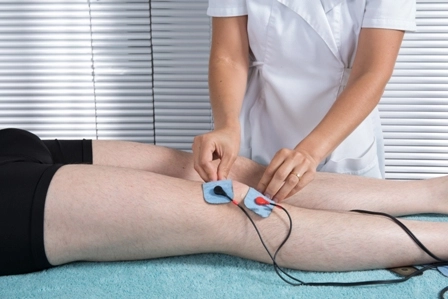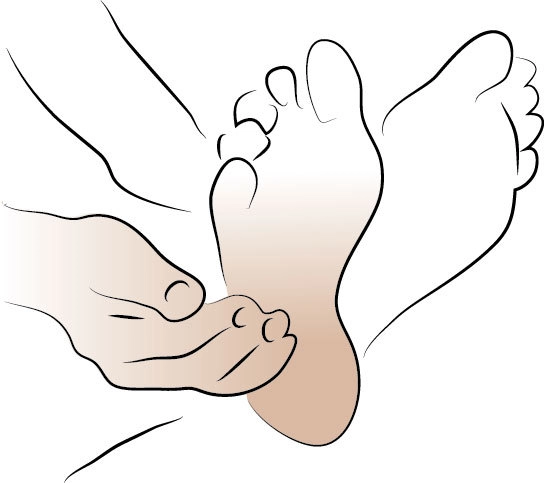OIG Cautions PT Practices to Align Policies and Procedures

Incomplete claims documentation and confusion can lead to big financial losses.
Understanding what is “medically reasonable and necessary” under the terms defined by Medicare Part B’s Outpatient Physical Therapy Services mandate is both daunting and confusing. Sometimes the gray area of what and how to code these claims can get your practice in hot water.
Background: The OIG published a report last month about a Vero Beach, Fla. physical therapy practice that inappropriately collected $52,000 in Medicare reimbursement in 2012 and 2013 from incorrectly billed claims. Of the 100 beneficiary claims audited, 86 were accepted; however, the remaining 14 were found by OIG auditors to be arbitrary for different reasons that were dependent on the details of each particular claim.
The report specifics overwhelmingly showed that a stronger grasp of Medicare semantics combined with more thorough diagnosis and treatment documentation would have helped the practice overcome their claims’ errors. Of the 14 disputable claims, four were deemed “medically unnecessary,” eight lacked proper documentation, and ten contained coding errors.
Deciphering Defensible Documentation
As the investigation suggests, there really isn’t anything more crucial than clear and legible notes on what services and treatments should be rendered to the patient. Not only are your medically scripted records important evidence should an audit be performed, but their clarity is essential for your practice coders to properly bill the claims to Medicare.
In light of the recent news about the MACRA payment initiatives, being medically articulate can only help in a system based on merit, value, and quality of care.
“It’s crucial for therapists to document defensibly. Because—at the very least—proper documentation justifies payment. Furthermore, as we move toward a pay-for-performance model, defensible documentation will be necessary to prove your value,” writes Courtney Lefferts of WebPT in a blog post from Nov. 23, 2015. “If your documentation doesn’t stand up to scrutiny, you’re losing more than payments: you’re limiting the value of your profession.”
Is This Treatment Necessary?
The American Physical Therapy Association’s (APTA) Center for Integrity in Practice suggests that a physical therapist should make decisions about care based on their “clinical judgement.” In coordination with the American Occupational Therapy Association, Inc. (AOTA) and the American Speech-Language-Hearing Association (ASHA), the APTA has published a “Consensus Statement on Clinical Judgment in Health Care Settings,” providing a framework for physical therapists to work from when administering care.
In short, the primary points of the comprehensive statement encourage providers to consider the following before suggesting, coding, and billing treatment:
For the complete draft of the APTA “Consensus Statement on Clinical Judgment in Health Care Settings,” visit integrity.apta.org/ClinicalJudgment/.
Here are 5 tips to bill PT and cut down on claims reversals. Proper documentation, applying your clinical judgement, and familiarizing yourself with current codes should be your predominant medical objective. Fortunately, there are several things in addition to the basics that your physical therapy practice can and should do to avoid an OIG audit.
1. Utilize a comprehensive, certified electronic health record (EHR) that is up-to-date with the new ICD-10 codes, imbibed with physical therapy know-how, and is easy for you and your staff to operate. This will help keep your practice in compliance, make documentation easier, and also, aid in the delivery of patient information and care.
2. Keep your notes clear and concise using descriptive language and outlines, ensuring that they support the treatment that was suggested and administered. Strong defensible documentation proves and explains how you came to your conclusions and kept your billing in compliance with Medicare standards. You can always refer back to good notes that show you followed the law and that the treatment was justified.
3. Communicate with both your clinical and administrative staff—it’s just that simple. Savvy practices maintain a practice plan and encourage questions and dialogue about governmental policies, patient rights, and proper billing. An organized practice avoids using medical or coding abbreviations and constantly re-educates staff on new laws, procedures, and technologies.
4. Pay attention to Medicare minutiae, language, and time requirements when billing. For example, 97110 (Therapeutic procedure, one or more areas, each 15 minutes; therapeutic exercises to develop strength and endurance, range of motion and flexibility) requires that a physician or physical therapist be there providing “direct (one-on-one) patient contact” during the treatment, is reported in 15-minute increments, and requires an understanding of state provider rules on who can actually bill for the care.
5. Don’t underestimate the importance of your professional integrity as a provider of medical care. As Medicare ushers in a new era of patient care with the implementation of statutes through MACRA, the onus will be on providers to get with the program. If Part B payments become dependent on adapting to these new standards of performance and care, now is the time to familiarize yourself with new codes, policies, and procedures that put the patient first.
Resources: For a link to the OIG report A-04-15-07055, visit go.usa.gov/cu8EP.
For more information on Defensible Documentation, visit WebPT at www.webpt.com/blog/post/what-is-defensible-documentation-and-why-does-it-matter.
For a breakdown of mandates, links, and physical therapy education and information, visit the APTA’s Center for Integrity in Practice at integrity.apta.org/home.aspx.




